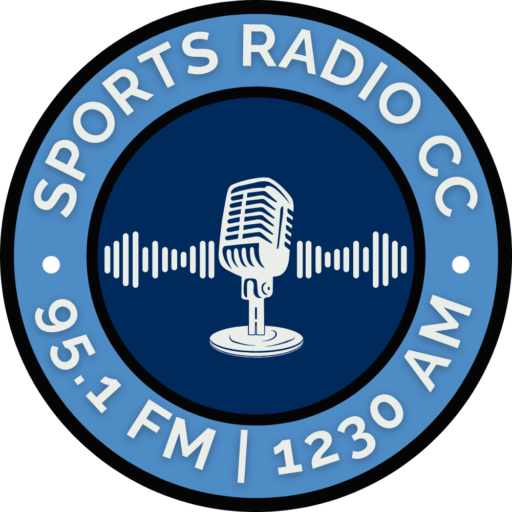Corpus Christi resident Marissa Ackerman, a mother of two, has found a creative way to teach children about individuals who rely on Augmentative and Alternative Communication (AAC) devices to communicate.
Ackerman’s journey into the world of alternative communication began with her son Jacob, a 7-year-old with nonverbal autism. Two years ago, Jacob started using a speech program called Speak For Yourself, an Augmentative and Alternative Communication (AAC) device on his tablet. This AAC device has since become Jacob’s voice, allowing him to express himself. “It’s his way of communicating,” Ackerman shared, adding that many nonverbal people use such devices as their ‘voice.’ In fact, nearly 2 million people across the United States rely on AAC devices.
The Variety of AAC Devices
While many AAC devices, like Jacob’s, are tablet-based, they are not limited to digital tools. In addition to tablets, other forms of AAC include sign language and picture letterboards, offering individuals a range of communication options. As a result, these devices and methods allow nonverbal people to participate in conversations, express their needs, and interact with others.
Inspired by Jacob’s story and the challenges faced by individuals who rely on AAC devices, Ackerman decided to raise awareness. To that end, she wrote a children’s book titled This Is My Voice to introduce children to alternative communication. In October, which happens to be AAC Awareness Month, Ackerman took her book to The Rise School of Corpus Christi, the city’s only early education school that promotes inclusion for children with and without disabilities.
Educating the Next Generation
Ackerman aimed to reach young minds and promote an understanding how communication can differ. “I chose to start this at an early childhood level because if we expose children to how communication looks different for everybody, especially with the rise of our nonverbal communities, then hopefully it will make an impact,” Ackerman explained.
After reading This Is My Voice to the students, Ackerman involved them in a hands-on activity. The children created their own AAC devices and learned how they work. These devices are designed to allow users to select keywords and configure sentences, which the device then speaks aloud. The activity helped students better understand the importance of AAC devices.
“They got to color it, explore the icons together, and we even made the devices wearable—just like many in the AAC community use,” Ackerman said. Teachers were thrilled to see the children’s engagement, particularly with students using AAC devices.
Inclusion in the Classroom
The Rise School teachers emphasized the importance of AAC devices for nonverbal students. Preschool teacher Victoria Olvera said, “We have three students who use AAC devices. When Marissa showed them how it works, they were thrilled. They felt empowered to communicate. It’s heartwarming to witness inclusion and see the kids thrive together.”
Ackerman hopes her book can continue to make a difference. She is actively working to get it published and eagerly seeks to collaborate with more local schools in Corpus Christi to spread awareness about AAC and foster a more inclusive environment for nonverbal individuals.
As Ackerman puts it, “It is our duty as people in the community to learn about alternative ways that people communicate.” Her efforts take a step toward a more inclusive future where everyone’s voice, whether verbal or nonverbal, is heard.

